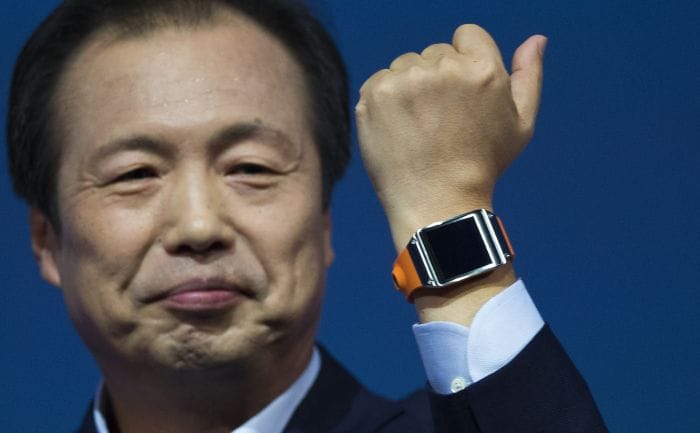Wearable technology: How ‘smart’ do you need to be?

You’ve got one on your desk, you’ve got one in
your living room, there’s one in your bag or in your pocket. So, do you really
need another ‘smart’ device on your wrist too?
That’s the big question in the recent onslaught
of wearable technology with smart watches, smart bracelets, augmented reality glasses and
more tech-fashion that’s coming your way.
To begin with, any of these products can be
exciting and appealing to tech fans, gadget geeks and early adopters. But for smart
watches in particular to go mainstream and to start to replace our so-called dumb
watches, consumers need some basics to be covered.
The first is great functionality that can
improve our lives; then there’s practicality that keeps things simple- like
reasonable size, good battery life and reliability; and of course it has to be
good value for money.
Smart watches are currently being produced by
many companies, with various options and price points available to consumers. There’s
the Samsung Galaxy Gear, the QUALCOMM Toq, the Sony Smartwatch, Apple’s rumored
iWatch and even a car manufacturer, Nissan, is working on a smart watch! Surely
one of them can get all the requirements right? So far, that’s not the case.
The biggest obstacle preventing mass adoption
of wearable technologies, in general, and smart watches in particular is battery
life.
The Samsung Gear can only last a day with
'regular use' and the battery empties faster than that if you’re fiddling with
it! It is clear that the ‘battery life challenge that afflicts tablets and
mobiles will affect wearable technology. But, really, would you be happy with a
watch that needs daily charging? You would have to take it off to charge it,
sometimes more than once a day. Imagine that. Being without your watch in the
middle of the day because it’s charging!
Clearly, there’s a need for innovation in
battery technology to obtain, at least, a much more reasonable two-full-days-per-charge.
Next up is the question of what unique value
added a smart watch provides. For now, its screen is too small for any Internet
browsing or productivity and the resolution quality seems poor. If you’ve got a
smartphone, why would you reduce the quality of your user experience? So far,
the most obvious benefit is that it gives you ‘alerts’, so you can keep your
phone in your pocket or on your desk and just look at your wrist for quick
information or messages. But, is that worth $300?
Having said, not every wearable device lacks value,
and sometimes when a ‘category-creating’ product like Google Glass arrives it
is expected that all common sense could be abandoned. For example, Google Glass
allows first-person video shooting and augmented reality viewing.
That’s a
unique value and could be worth the $1,500 price tag for millions of consumers,
but still battery life is said to be under ten hours.
Then consider the Nike Fuel Band, at $150, and
the Fitbit Flex, at $99, which are smart bracelets that monitor your personal
health information, connect to your phone apps and are both light and well
designed. These products clearly offer a new and unique experience for users.
That why, for now, it seems that certain types
of devices in wearable tech are worth owning, but the smart watch hasn’t yet made
it into the must-have list.
Steve Wozniak, the co-founder of Apple, has his
own ideas on how this product category will succeed saying, “I want the entire
smartphone, the entire Internet, on my wrist. I want a larger display than
they're starting with - the size of an ordinary watch of the past. I think
we've got to get a little beyond this watch of the past."
Well, that may sound extreme today but who’s to
say what the watch of the future should look like or how big it should be? Did
any of us think that people would put a huge 5.5 inch screen mobile phone on
their ear to talk or would somehow find a pocket to fit it into?
It seems convenience can be sacrificed for
utility and what previously seemed silly actually becomes acceptable and trendy
when everyone agrees that it’s ‘useful’.
So until smart watches can deliver that level
of functionality and provide the unique features I want on my wrist instead of
on my phone, I’ll be keeping my old fashioned watch thank you!
zanasser@gmail.com

